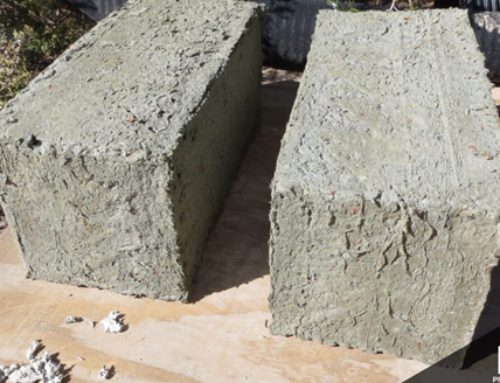After devasting the earth’s lands, degrading 75% of the forests, and wiping out 60% of the wildlife, we are heading to the oceans!
As we made our cities too crowded, noisy, polluted, and overpriced, we are thinking the solution will be by building our cities on the ocean. Instead of finding better ways of designing our cities, we are only shifting the problems from land to sea.
We know that we are already causing a real threat to the ocean by continuously overfishing, introducing invasive species, causing ocean pollution and ocean acidification, and increasing ocean temperatures.
Oceans are the largest component of the Earth’s ecosystem – hosting 80 percent of the planet’s biodiversity. Oceans are a main source of food and a major source of energy. Also, the oceans absorb a quarter of all the carbon dioxide that humans put into the atmosphere. This makes them a “carbon sink”. Over 90% of the additional heat caused by global warming is stored in the Oceans. Without this service, and the heating and cooling effects of ocean currents, world temperatures would be too unstable to support life. (4)
Given these facts worth stopping and investigating the consequences of such trend.
Without having basic measures, supported by real studies, how can we proceed?
The little research we have is pointing out that the amount of oxygen under these developments will be less, which will result in poor-quality of water. In addition, the temperature under development will be higher. The result will affect our ecosystems.
A recent study done by Rui L. Pedroso de Lima and his group compared the quality of water under development and in open water by using drones equipped with in situ sensors and video cameras. The study revealed interesting findings. The study measured the water temperature and the amount of dissolved oxygen under development compared to open water. Low dissolved oxygen levels were found under structures, which are linked with the overall poor water quality of the water body. Also, the readings show temperature differences. The recorded temperatures at three positions showed little variation in most cases, but in three to four locations the differences were detectable, with slightly warmer water found underneath the floating buildings.

Paired t-test results between temperature and dissolved oxygen data from underneath the floating structures and from open water show high correlations between the tested pairs. To be more specific, only the mean differences in dissolved oxygen are statistically significant (95% confidence interval of the differences of dissolved oxygen concentrations between 0.95897 and 0.24982 mg/l).
The impact of these on wildlife, given the wide variety and types of water bodies considered in this study, results suggest that water quality is not critically affected by the presence of the floating houses. Underwater images of biofouling and filter feeders illustrate the lively ecosystems that can emerge shortly after the construction of floating buildings. (1)

In another study done by Emma Johnston at the University of South Wales, the focus is on the impact of destroying coral reefs.
Emma argues that we ought to think more about the impact of ‘marine urban sprawl’. Even more minor coastal constructions can transform the seas. She and her colleagues estimate that some estuaries in Australia, the United States, and Europe have had more than 50% of their natural coastline modified with artificial structures.
“The reality is that urban sprawl is no longer just a land-based problem,” she wrote, “Developments are spreading out into the oceans, creating tangles of structures beneath the water’s surface.” This causes havoc for marine organisms and their habitats, destroying the coral reefs that nourish fisheries and protect the coastline from the harsher impact of the waves, and destabilizing many precious coastal ecosystems such as salt flats and mangroves.
Building on dredged sediments also has risks for inhabitants, as this stratum isn’t as stable as hard bedrock on land. There have been reports that Dubai’s Palm Jumeirah archipelago is sinking. Reclaimed land is also a risk in earthquake-prone areas. The prolonged shaking can trigger a process called liquefaction, where the once-solid sediments of reclaimed areas can liquefy. This was a significant contributor to the devastation of the huge San Francisco earthquake of 1906. (3)

Conclusion:
To make a realistic and responsible evaluation of floating urban development, it is important to consider the negative impacts associated with these developments such as the poor quality of water, less dissolved oxygen, destroyed wildlife habitat, and triggering of earthquakes. It is too early to proceed with these big developments without independent and thorough environmental studies. We need to learn from the destruction we caused by building our land cities, before extending to the ocean.
References:
(2) Roeffen B., Dal Bo Zanon B., CzapiewskaK. M.& de GraafR. E.2013
Reducing Global Land Scarcity with Floating Urban Development and Food Production
. Int. Water Week, Amsterdam, Netherlands, p. 8
(3) The benefits and downsides of building into the sea – BBC Future
(4) https://www.fao.org/zhc/detail-events/en/c/846698/



